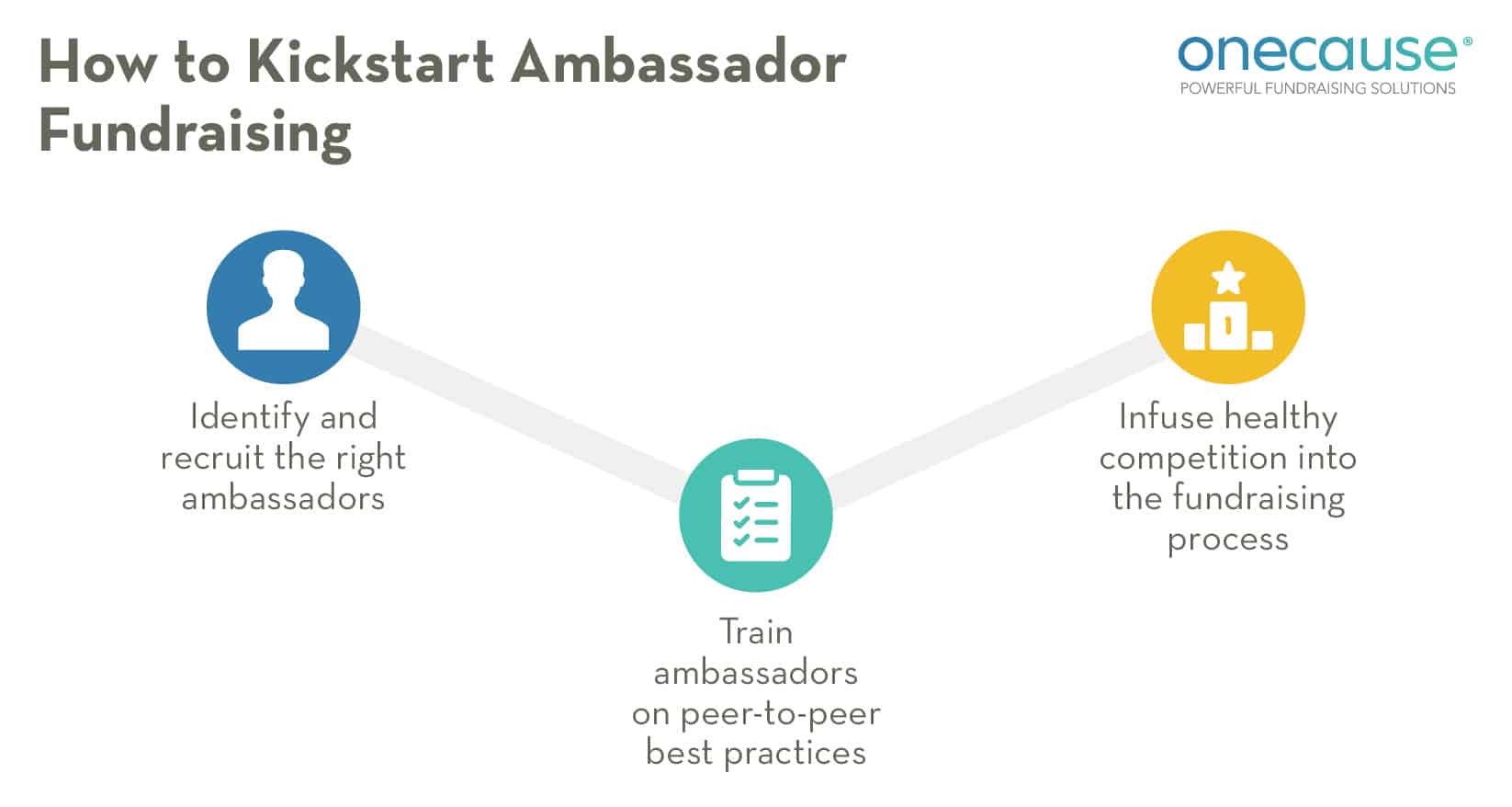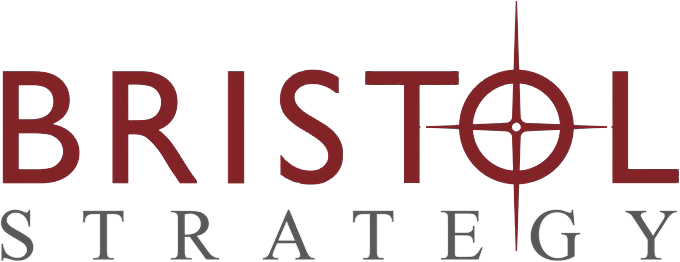Your nonprofit relies on a predictable flow of income to meet your revenue goals, helping you with everything from funding your community programs to making sure you have the right fundraising software in place. But to guarantee this flow of funds, you need to concentrate your efforts on engaging your supporters in your cause.
While it might be tempting to focus all of your time and energy on your major donors, there is an important demographic of supporters you won’t want to overlook: mid-level donors. Mid-level donors typically donate around $1,000 – $10,000 and are responsible for about 30-35% of revenue.
Use these tips to hone in on your mid-level donors and turn them into engaged contributors of your mission.
Get to know your mid-level donors.
Before you try deepening your mid-level donor relationships, it’s important to get to know them first. Ask yourself the following questions to learn more about these key supporters:
- What are their interests?
- How likely are they to give now?
- What is their preferred way of giving?
When you know the answers to these questions—and when you really understand your donors—you’re able to effectively motivate mid-level donors to increase the amount and frequency of their gifts to your cause.
As you spend time researching your audience, make sure that you are collecting, analyzing, and utilizing data to strengthen your donor relationships. Consider tracking the following items when connecting with your mid-level donors:
- Engagement level: What is your mid-level donors’ level of involvement with your organization? Have they attended your latest silent auction, run/walk/ride event, or gala? Do they donate regularly or volunteer with your nonprofit? Taking a deep dive into your supporters’ engagement history can tell you more about their interests so you can personalize your communications and invitations to get more involved.
- Demographic information: Keep track of basic personal information for your mid-level donors, including their age and location. This will help your nonprofit segment your outreach more effectively and create more personalized touchpoints with your donors.
- Connection to your cause: Learning the “why” behind every donor’s relationship can impact your outreach and retention strategies. Double the Donation’s guide to donor retention recommends sending out a survey to your mid-level donors asking them about their philanthropic interests in your organization. Personalizing your communications to your donors’ “why” will help keep them engaged with your cause!
Once you have a firm understanding of your mid-level donors, you need to record and organize this information in your donor database. This way, you can easily reference their personal details and use this information to inform your donor stewardship strategy.
Create a unique mid-level donor experience.
Hosting unique experiences catered to your mid-level donors is an easy way to deepen their connection with your mission and help them feel recognized for their contributions. Work with your nonprofit’s team to host events like:
- Happy hour
- Donation appreciation events
- Luncheon/seminar
- Hybrid facility tour
- Holiday celebrations
By offering experiences that align with your supporters’ interests, your mid-level donors will feel a part of your mission and as though they are making an impact beyond just their monetary gift.
Here are four tips to remember when creating these donor experiences:
- Focus on being professional but not overly formal: Keep a professional tone to your event, but create a space where donors are comfortable to share their experiences with your cause.
- Present actionable information: Use these events to demonstrate how mid-level donors’ contributions fund your mission and provide value and impact to your overall organizational growth.
- Show your appreciation: No matter the event type, show your donors how grateful you are to have them involved with your cause. Thanking donors is an easy way to retain their support and make them feel a part of your organization, leading to more donations down the line.
- Give your fundraising team the tools for success: Equip your fundraising team with the necessary tools and resources to do their best work in donor outreach and engagement. For instance, if you’re hosting a silent auction, you’d want the top silent auction software to streamline your planning and easily manage registrations, item procurement, and donor communications. Lay out clear expectations, set deadlines, and ensure everyone knows their role in engaging mid-level donors.
The key to these events is to make sure you’re connecting with mid-level donors without bombarding them with asks. Remember, you both are passionate about the same cause – that’s a strong foundation for a deeper connection!
Emphasize the impact of regular involvement.
Regular involvement from your mid-level donors can dramatically impact the overall success of your nonprofit’s growth. They are easier to come by than major donors and can provide an ample level of support when they are actively engaged. Plus, a mid-level donor is much more likely to eventually become a major donor than someone with no prior connection to your organization.
Strategize year-round involvement opportunities for your mid-level donors that will keep them interested, involved, and engaged with your nonprofit. When you plan out your fundraising event calendar, make sure to add regular engagement opportunities beyond giving, such as:
Peer-to-peer fundraising
Leverage ambassador peer-to-peer fundraising to strengthen supporter relationships and maximize giving. This involves asking your loyal mid-level donors to lead their own fundraising campaigns on your behalf, increasing the visibility of your mission and allowing you to reach individuals who aren’t connected to your cause yet.
To get started with ambassador peer-to-peer fundraising, follow these steps:

- Identify and recruit the right ambassadors among your mid-level donors.
- Train ambassadors on peer-to-peer best practices.
- Infuse healthy competition into the fundraising process to keep motivations high.
OneCause also recommends investing in comprehensive peer-to-peer fundraising software that allows supporters to easily create their own fundraising pages and share them widely online.
Volunteering
Provide experiences where donors can give their time, not just their money, to support your nonprofit. Recruiting donors as volunteers also helps address any potential gaps in staffing at your events!
Advocacy
Empower mid-level donors to help with your advocacy campaigns by signing petitions, reposting your social media content to get the word out, or contacting their local politicians to propel change.
In your communications to mid-level donors, be sure to highlight the involvement opportunities that would be most relevant to them. For example, if your animal welfare organization is hosting an adoption event and some of your donors are particularly passionate about adoption, you might invite them to volunteer on the big day to play an even greater role in your organization’s success and feel more connected to your mission.
Wrapping Up
Mid-level donors are a pivotal part of your nonprofit’s fundraising journey. Not only do they help maximize your impact and create a sustainable flow of revenue, but they can further your nonprofit’s mission by becoming ambassadors for your cause. By creating a strategy and arming your team with the right fundraising tools to specifically target mid-level donors, you will bring in more funds while building strong, lasting partnerships.


